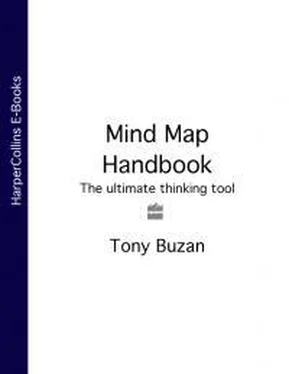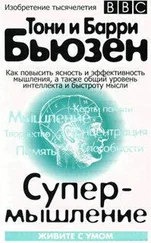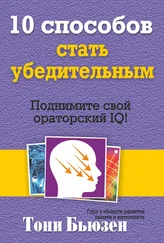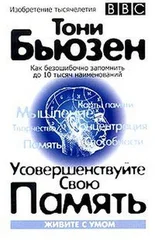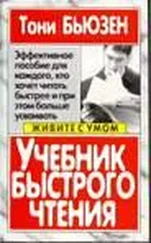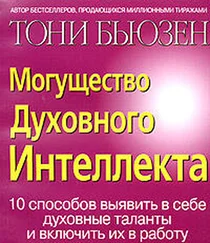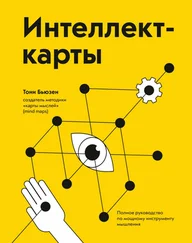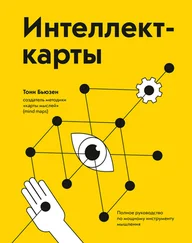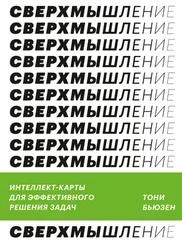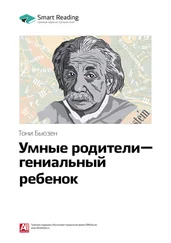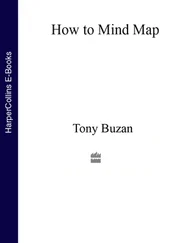Sigmund Freud– wrote and published over 330papers on psychology
Goethe –the great German polymath and genius wrote so prolifically that he used, in all his writings, 50,000 different words
Garry Kasparov– the greatest chess player in history, played through, analysed, memorized and creatively commented on many thousandsof the world’s great chess games
Mozart– in his brief lifetime this great creative musical genius wrote more than 600pieces of music, including 40complete symphonies
Pablo Picasso– this creative giant of the 20 thcentury produced more than 20,000artistic works
Rembrandt– involved in many activities including business, completed in addition to these activities more than 650paintings and 2,000drawings
William Shakespeare– the creative genius generally considered to be the greatest English writer of all time wrote, in a period of less than 20 years, 154sonnets and 37masterpiece plays
The above list blows out of the water the common misconception that geniuses produce only a few precious ideas and then run out of (creative) steam. The opposite is obviously true: they generate vast numbers of ideas, and accelerate their productivity as their lives progress and their creative energy gathers more and more power from all that they have done before.
So did the great creative geniuses simply pour out perfect idea after perfect idea? Absolutely not! What they did do was to pour out ideas . Many of these were not particularly brilliant, but it was the ‘not brilliant’ that allowed the brilliant to emerge.
By constantly pouring out ideas, regardless of quality, the great creative geniuses were actually guaranteeing that they did produce more quality. They were allowing and facilitating the communication between their left brains and their right brains to produce a synergetic, ‘multiplying’ thought process that is typical of all those who know how to ‘use their heads’!
Our guide to genius, Leonardo, was a perfect example of this. In his notebooks he would literally ‘doodle away’ with any random thoughts that came to mind, and out of those would leap the ‘genius’ ideas.
Thomas Edison, Leonardo’s great disciple, was identical in his approach. Edison considered creativity to be simply good, honest and delightful hard work/play.
He described Creative Genius as ‘1 percent inspiration and 99 percent perspiration’. He practised what he preached too! Edison went through 9,000experiments to perfect the light bulb, and over 50,000to invent the storage-cell battery.
A further example of Edison’s total commitment to generating ideas, no matter what, can be found in the museum of his New Jersey laboratory. As you wander around, you see an astonishing array of hundreds of different phonograph horns of almost every imaginable material, shape, construction and dimension. They look like a collection of strange alien beings, with shapes ranging from round to square to multi-angular, to fat, to short, to tall, to thin, to straight, to curved and, in terms of aesthetics, from ugly to beautiful.
Most of these models Edison rejected: they stand as a eulogy to his commitment to experiment, to risk and to try and try again until he had found the ideal solution he was after.
His attitude towards ‘failure’ (one we should all copy) was ideal. For example, when he was asked by one of his assistants why he persisted in trying to discover a filament that would last longer in his light-bulb, even though he had failed thousands of times, Edison gently pointed out that he hadn’t failed once ! What he had done was to have discovered thousands of things that didn’t work, on his way to finding, inevitably, the one thing that did.
Gold Mining
The creative idea generating process is very much like panning for gold. Gold flecks are just a few of many thousands of stones or grains of sand that lie in riverbeds. In the river of the mind it is exactly the same.
The stones or grains of sand represent all the ideas that are available. To mine for the gold (the great creative idea or new creative solution) you have to sift through all the grains (ideas) on the riverbed of your mind to find the real nuggets of value.
The great creative geniuses knew this, and therefore generated hundreds of ideas, sifting out from them the real nuggets. Dean Keith Simonton conducted a study of 2,036 creative scientists throughout history, and found what was then surprising – but which to you will now be understandable: the most respected scientists produced not only more great works, but also more bad ones than the other scientists. In other words, the greats simply produced more and then selected, from everything, the best.
So now you know the secret of Creative Productivity: generate more ideas at higher speed, and you will enhance both the quantity and the power of your Creative Thinking.
It’s time to practice this in a Creativity Workout.
Creativity Workout
1. Develop your Speed of Thinking
Most people think at a ‘normal’ rate, which is actually at the lower end of their range of possibility. Just by knowing this, and by gently focusing on your thinking speed, you will find that your creative speed naturally begins to increase.
2. Remember – Your Ability to Generate Ideas is Infinite
Remember the ‘FUN’ exercise? Similarly, do you recall the infinite capacity you had for creating excuses for not getting down to those magazines or books you had been meaning to, or indeed any other task that you have been going to get around to but which similarly remains uncompleted?!
Look back on your life, and ‘check off’ all those things you have done that were, by definition, Creative. The more deeply you realize your infinite creative powers, the more your brain will naturally open up its own creative floodgates.
3. See Relationships Between Things More Quickly
Here are a number of key words dotted around the pages. The Fluency Game here is to pick at random any one of the words, and make associations between it and any one of the others.
For each pair, try to think of at least five similarities between them – the wilder the better! If you can find 10 similarities between any two, you are doing exceptionally well; 15, you are in the world’s top 1 per cent; and if you find over 20, you are already demonstrating Creative Genius in this area!
(There is more on your brain and its capacity for making associations in Chapter 3.8.)
4. Improve your Vocabulary
Increasing your vocabulary by only one word per day will give you over 360 new words each year! This will mean that you will have in your mind over 360 new centres for association to lie in wait for any floating possibilities of ideas, and to grab out and catch (associate with) them.
This will increase both the volume of ideas and the speed.
5. Art Building-block Speed Exercise
Refer back to the Creativity Workout in Chapter 3.4, and try doing the art building-block exercise here again, this time adding the urgency of speed. Time yourself as you do this exercise, and once a week or once a month try a similar exercise again, making sure that with each successive exercise the time it takes you to get to a ‘form’ is less and less. This exercise is extremely useful for getting your Creative Mental Muscles in tip-top shape.
Читать дальше
